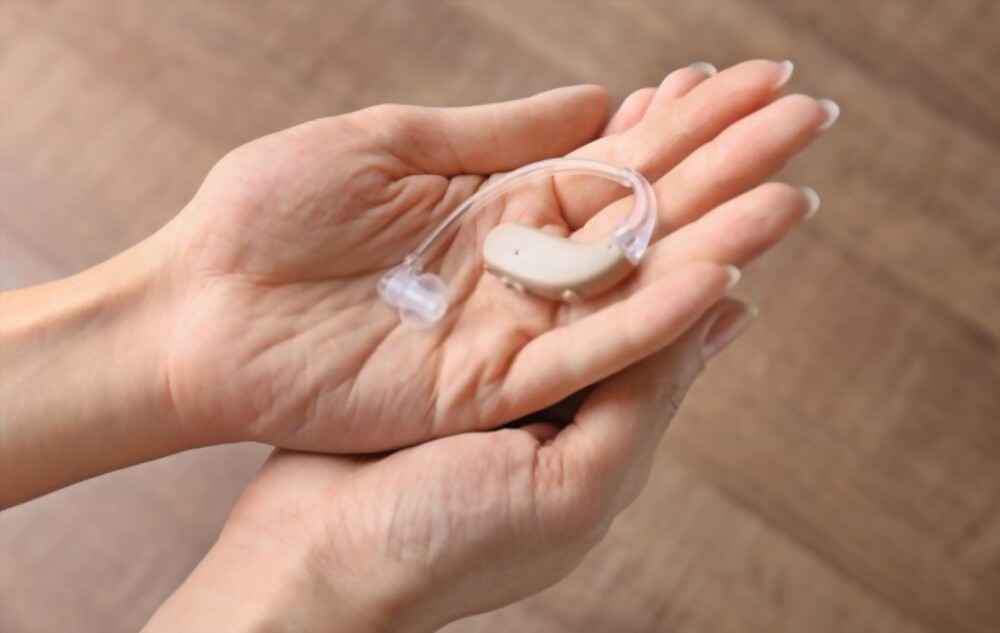How to Clean A Hearing Aid

For most of us, hearing aids are an investment in ourselves, so taking the time to learn how to clean and look after them will only maintain the longevity and health of your hearing aids, providing you with the benefits of reliable hearing for years to come and ensuring a lifetime of optimal hearing.
Hearing aids are hard workers, subjected to build-ups of moisture and earwax from your ear canals. Clean your hearing aids correctly and often, either at home or by a hearing care professional, will provide you with better hearing in the future.
The Importance of Cleaning Your Hearing Aids
Preventing ear infection
Regularly cleaning your hearing aids will help avoid the development of wax and other debris, which can contribute to ear infections.
Maintaining audio health
A hearing aid consists of many parts. So, keeping your hearing aids clean will help ensure that they are working adequately and that the sound quality is not compromised.
Durable performance
Cleaning hearing aids regularly will also help prolong the life of your hearing device by preventing damage from dirt and debris.
Cost-effectiveness
Maintaining your hearing aids correctly can save you money by eliminating costly repairs or the need to replace them.
Importance of hygiene
Cleaning your hearing aids is critical for maintaining excellent hygiene and blocking germs and bacteria from spreading.
Cleaning In-The-Ear (ITE) Hearing Aids
Each device requires different care and upkeep, whether for an ITE aid, a BTE aid, or a rechargeable hearing aid.
To maintain the health of your ITE hearing aids, follow these simple steps for regular cleaning:
- Remove the hearing device from your ear. Hold your ITE hearing aid facing down, so any loose particles can easily fall off the device instead of being lodged back inside.
- Using specially designed cleaning brushes and hearing aid cleaning kits, focus most of the cleaning around the openings of your hearing aid, which include the microphone inlets, to brush away any built-up wax or debris.
- Using a wax pick or ear hook focuses on cleaning out anything from the holes that didn’t initially come out when using your soft brush.
- Complete the cleaning process by using a hearing aid cleaning wipe or a slightly damp cloth. By using a cloth, you are removing all the debris caught in the hearing aid.
Cleaning For Your Behind-The-Ear (BTE) Hearing Aids
If you find yourself asking yourself how to clean my Behind-The-Ear hearing aids, follow these simple steps for everyday cleaning:
- Remove the hearing device from your ear. Inspect the hearing aid for debris, such as ear wax. Using a cleaning brush or a dry cloth removes any noticeable build-up from the hearing aid’s surface.
- Release the earmold from the hook to properly cleanse it, as some earmolds can become discoloured with stains over time. Wipe them down with a clean, dry cloth to brush away any other debris. Do not use any cleaning solutions or chemicals.
- For more in-depth cleaning, soak your hearing aids in warm, mild soapy water once a week.
- Use an air blower to assist in drying out any more water from the tube, then let it dry overnight. Allow them to dry fully overnight before using them the next day.
Avoid Obvious Damage to your Hearing Aids
Cleaning your hearing aids is important, whether you have an ITE aid, a BTE aid, or rechargeable hearing aids. Avoiding intentional neglect and damage is equally essential in ensuring the longevity of your device:
- Avoid extreme heat and sun damage.
- Remove any moisture and water with a cloth.
- Keep the hearing aid in its proper case when not in use.
- Avoid chemical sprays such as insect repellent, perfume and hairspray.
